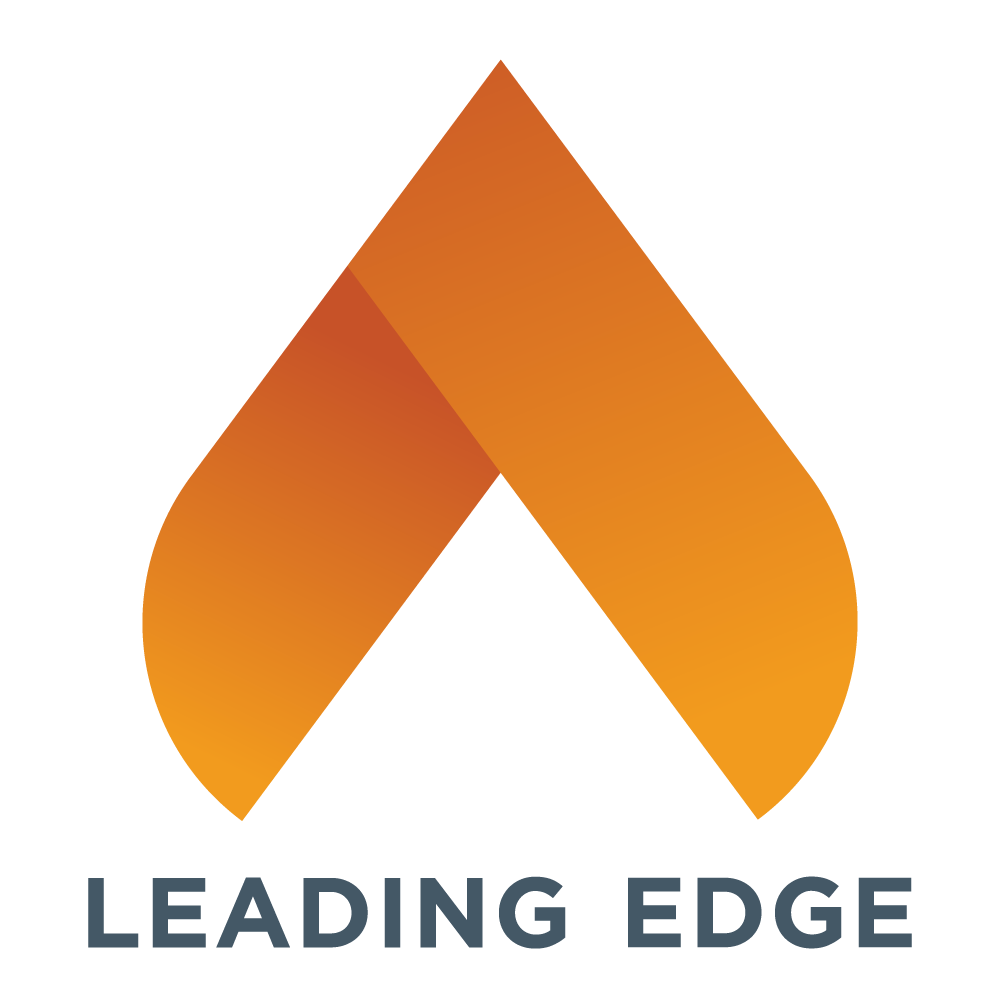
The Gender Gap in Jewish Nonprofit Leadership: An Ecosystem View
Addressing five causes can make significant progress in closing the persistent and large gender gap among CEOs at Jewish nonprofit organizations.
Most people working at Jewish nonprofits are women. But most CEOs of Jewish nonprofits—especially at the largest organizations—are men. In 2019, Leading Edge launched an investigation to better understand why that is, and how the field might begin to change it. Building on the work of Advancing Women Professionals and the Jewish Community, SRE Network, and many others, Leading Edge partnered with The Starfish Institute, an organization that has developed a methodology for applying network science to understanding complex social problems at a systemic level.
Together, over the course of 18 months, we engaged over 1,200 people to posit 71 causes of the gap. We then used quantitative network analysis to identify five “keystones” among them.
Keystones (a term borrowed from the concept of a “keystone species” in ecology) are factors that have high “reach,” which means they affect many other issues, and high “leverage,” which means they are influenced by few others. Solving them may be difficult, but doing so could create a large ripple effect on other causes of the problem.
The Five Keystone Causes and Opportunities:
1.
Cause: Boards, funders, and others in power don’t always hold Jewish organizations accountable for addressing the diversity of their top leadership.
Opportunity: Boards, funders, and other powerful stakeholders can hold Jewish organizations accountable and incentivize them to elevate diverse leadership teams.
2.
Cause: Many Jewish organizations have no talent strategy for diversity, equity, and inclusion (DEI).
Opportunity: Jewish nonprofit organizations can implement talent strategies to advance diversity, equity, and inclusion (DEI).
3.
Cause: Some members of search committees and boards hold biases about what makes a qualified leader.
Opportunity: Search committees, and the boards that appoint them, can implement processes to ensure that the work of the search committee is professional, equitable, and fair and that the most qualified candidate is chosen for the role.
4.
Cause: There is a perception that you cannot be both a top leader and a primary caregiver.
Opportunity: Community members can work actively to shift our cultural assumptions about the capacity to be a leader and a primary caregiver at the same time.
5.
Cause: Not enough men speak out about or prioritize addressing the gender gap in top leadership.
Opportunity: Institutions can give men the knowledge, support, and incentives to speak out and address the gender gap in leadership (and DEI more broadly).
© 2021. This Leading Edge resource can be shared under the terms of the Creative Commons Attribution-Noncommercial-No-Derivatives International License 4.0.
In the News
More About This Project
About the Author

Leading Edge mobilizes Jewish organizations to become places where great people deliver great impact.
Related Resources
View the Resource Library
 GuideExecutives
GuideExecutivesCEO Search Committee Guide
Leading Edge partnered with a Senior Editor from Harvard Business Review to distill the most important elements of running a successful nonprofit CEO search.
 ReportExecutives
ReportExecutivesCEO Succession: Case Studies of Excellence from the Jewish Nonprofit Sector
These case studies offer a candid, personal look at the inner workings of CEO transition processes at six major Jewish organizations.
 ArticleExecutives
ArticleExecutivesBeyond the Glass Ceiling: Understanding Gender Inequities in the Jewish Communal Workforce
While approximately 70% of our sector’s workforce identifies as women, women represent only 30% of our CEOs.
Loading footer...
